In an age dominated by digital screens, the tactile magic of pop-up books continues to captivate children and adults alike. These intricate paper constructions—often dismissed as mere novelties—hold untapped potential as powerful educational tools. The interplay between paper engineering and pedagogy creates a unique learning experience where surprise becomes the teacher, and three-dimensional forms transform into knowledge.
At its core, pop-up book design is an exercise in controlled chaos. Paper engineers walk a tightrope between structural integrity and creative destruction—each fold must withstand repeated openings while delivering that crucial moment of wonder. This delicate balance mirrors childhood development itself, where stability and exploration coexist. When a child pulls a tab to reveal a dinosaur skeleton or rotates a wheel to cycle through planetary orbits, they're not just interacting with paper; they're engaging with fundamental scientific concepts through their fingertips.
The psychology behind these paper mechanisms reveals why they're so effective. Unlike flat illustrations that require abstract interpretation, pop-ups create concrete spatial relationships. A child manipulating a volvane disk to demonstrate lunar phases gains intuitive understanding that no textbook diagram could provide. The "aha" moment triggered by a well-designed pop-up carves neural pathways more effectively than passive observation. Educators report that students remember concepts encountered through paper mechanics with significantly higher retention rates—the physical surprise creates cognitive landmarks in young minds.
Modern paper engineers have elevated the craft beyond traditional birthday card flips. Contemporary educational pop-ups might incorporate layered laser-cut foliage to teach rainforest biodiversity, or use complex pull-tabs to simulate geological strata. One remarkable example is a mathematics pop-up where cubic polynomials literally spring to life as paper curves, allowing students to explore derivatives through physical manipulation. These designs don't just supplement learning—they redefine what's possible in tactile education.
Surprise, that essential ingredient in all pop-ups, operates on multiple pedagogical levels. On the surface, it creates joy—that critical emotional component for sustained engagement. But deeper examination reveals how carefully engineered surprises scaffold learning. A well-timed reveal can mimic scientific discovery; a nested series of flaps might parallel the process of historical research. The best educational pop-ups don't just startle—they structure revelation in ways that mirror disciplinary thinking.
The materials revolution has quietly transformed what's possible in paper engineering. While traditional pop-ups relied on heavyweight cardstock, modern synthetic papers and biodegradable plastics allow for unprecedented durability and complexity. These advancements mean educational pop-ups can now withstand years of classroom use while incorporating elements like transparent overlays for anatomical studies or magnetic components for physics demonstrations. Such innovations blur the line between book and laboratory equipment.
Perhaps most remarkably, pop-up books teach without teaching. In an era of standardized testing anxiety, these paper wonders create learning through play—a concept increasingly recognized as vital yet increasingly scarce in formal education. When children manipulate a pop-up medieval castle with working drawbridges, they absorb principles of physics and history without realizing they're studying. The books become Trojan horses of knowledge, smuggling education into the fortress of imagination.
As we look toward the future of educational tools, the humble pop-up book stands as both an ancient craft and a cutting-edge innovation. In their folds and flaps lies proof that education need not choose between rigor and delight. The next generation of paper engineers and educators are collaborating to create pop-ups that teach coding logic, molecular biology, even philosophical concepts—all through the universal language of surprise made tangible. In this quiet revolution of paper and glue, we may have found one of education's most sophisticated tools disguised as child's play.

By /Jul 9, 2025
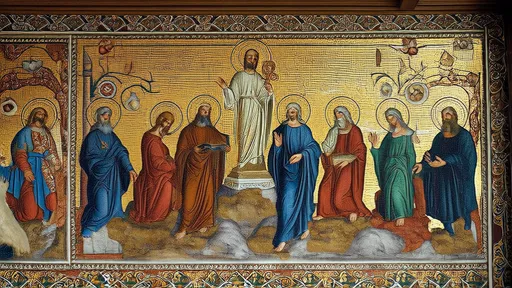
By /Jul 9, 2025
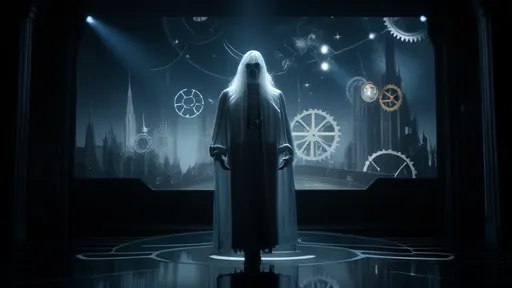
By /Jul 8, 2025

By /Jul 8, 2025
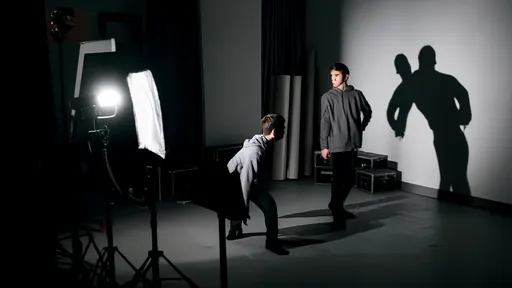
By /Jul 8, 2025
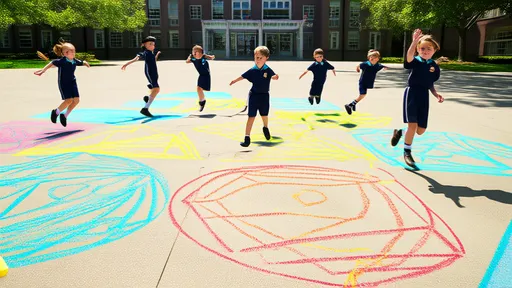
By /Jul 8, 2025
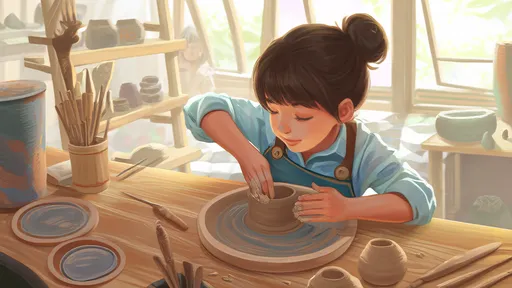
By /Jul 8, 2025
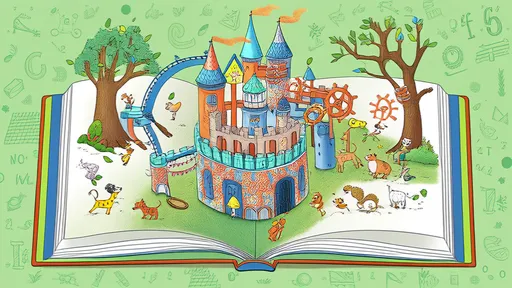
By /Jul 8, 2025

By /Jul 8, 2025

By /Jul 8, 2025

By /Jul 8, 2025
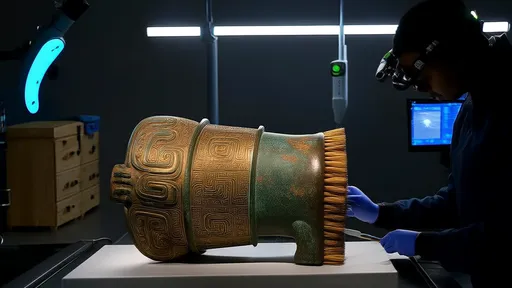
By /Jul 8, 2025

By /Jul 8, 2025
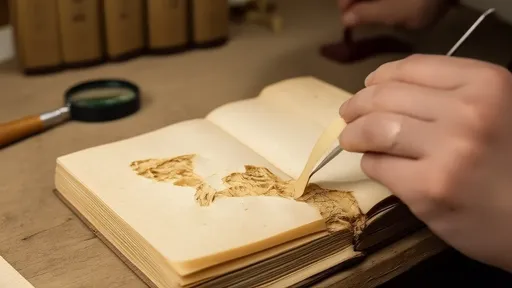
By /Jul 8, 2025

By /Jul 8, 2025

By /Jul 8, 2025
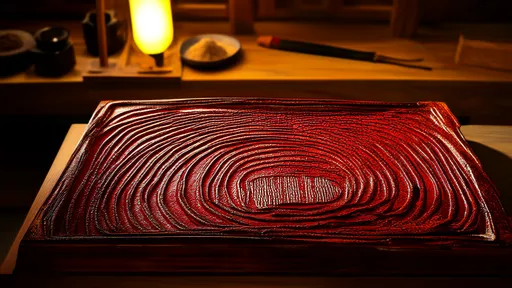
By /Jul 8, 2025

By /Jul 8, 2025